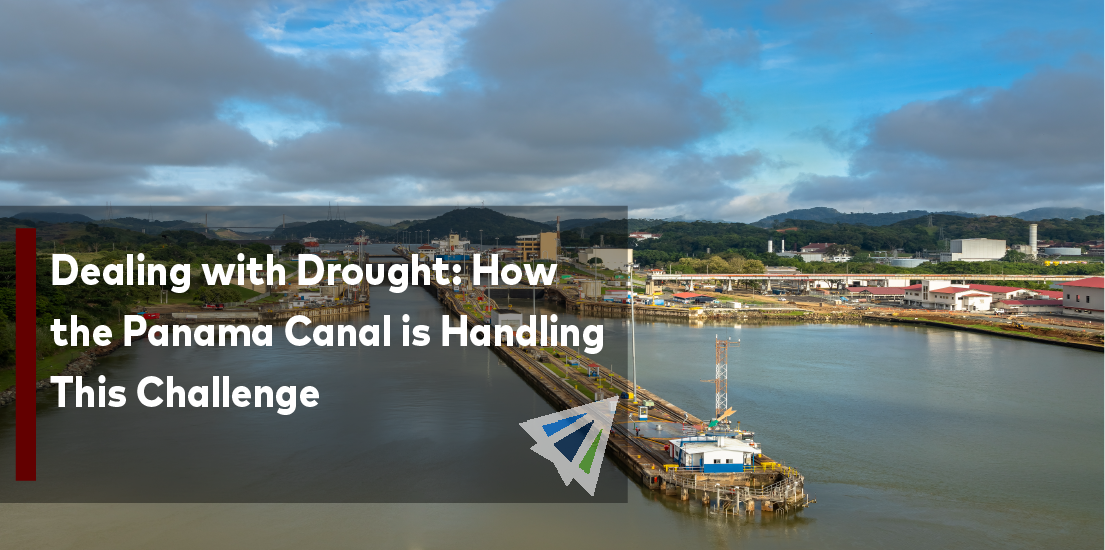The Panama Canal has been dealing with quite the dry season. This drought has caused low water levels at one of the more famous commercial trading routes.
Around forty percent of all U.S. container traffic travels through the canal every year and is a crucial trade link for U.S. shippers that use the East and Gulf Coast ports.
Key Takeaways:
- Latest draft restrictions and vessel transit updates
- How the impact the drought has had on the canal
The Impact of the Drought
Water levels in Gatun Lake, which holds the water supply that operates the locks systems of the Panama Canal, are at a four-year low.
A canal lock uses 50 million gallons of water when a single vessel traverses the canal, per Freightwaves.
“A continuation of below-normal rainfall across Panama and well-above-normal temperatures will not improve the situation. Normally at this time of year, lake levels are increasing since it is the core of the wet season,” Jon Davis, Everstream Analytics’ Chief Meteorologist said on the disruptions.
The impacts of El Nino – a climate pattern that describes the unusual warming of surface waters in the eastern Pacific Ocean – have been a reason for this atypical rainfall.
Furthermore, these draft restrictions and low-water challenges come at a time when shippers throughout the world are moving goods for the holidays. Not to mention that the canal is the quickest route for the LNG market to reach Asia, and these challenges have had an impact on coal traffic.
Latest Updates
On August 29th, the Panama Canal Authority posted a recent update
- At the panamax locks, the draft remains unchanged, and the number of transits is limited to an average of 22
- For the neo-panamax lacks, the available maximum draft is set at 44 feet, and the number of transits remain unaffected, at an average of 10 per day
- As of August 29th, 135 vessels are at the Atlantic and Pacific entrances of the canal. 53 of those have made reservations and will transit the canal with no delay. While vessels with no reservations may experience a 9-10 day wait.
Looking Ahead
The Panama Canal Authority continues to emphasize their ‘unwavering commitment,’ even amidst these challenges, to make sure the Panama Canal remains a reliable option for the shipping community. they
Should you have any questions regarding this and how it could impact your shipments, please reach out to our team today.
Additionally, we have our weekly market updates that can provide you with relevant freight news, updates, developments across the industry, and more.
